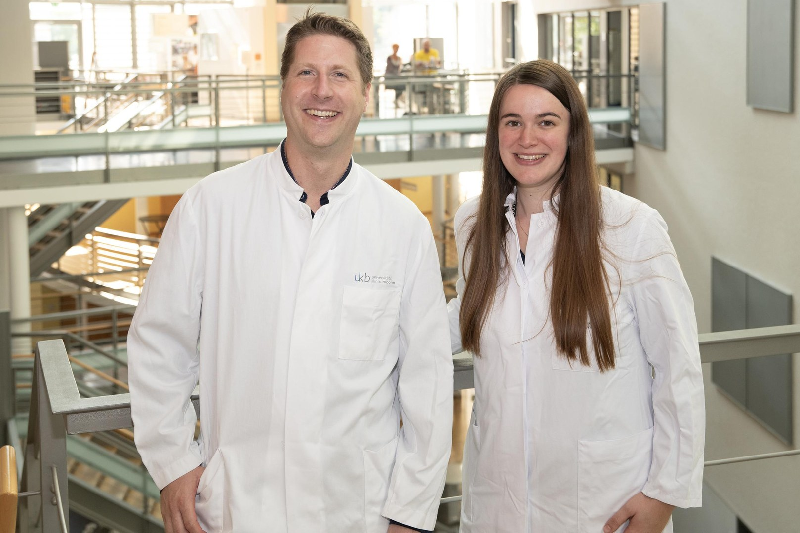Inflammasomes, large multiprotein complexes of the innate immune system, activate and control inflammatory reactions in our body. An important step of the signaling cascade triggered by them is the cleavage of the protein gasdermin D (GSDMD). The active part of GSDMD, the so-called N-terminal domain (NTD), can then form pores in cellular membranes, which on the one hand enable the release of pro-inflammatory cytokines and on the other hand trigger pyroptosis – a form of cell death that further fuels inflammation. “But how exactly and where GSDMD assembles into pores, and whether this step can be inhibited, was previously unclear,” says Prof. Florian I. Schmidt from the Institute of Innate Immunity at UKB, who is a member of the Cluster of Excellence ImmunoSensation2 and the Transdisciplinary Research Area (TRA) “Life & Health” at the University of Bonn.
To clarify these open questions, Prof. Schmidt’s research team used protein inhibitors that they derived from particular antibodies found in alpacas. These so-called nanobodies are around ten times smaller than normal antibodies. By binding to proteins, they can disrupt their function or mark certain molecules and thus make them visible. The Bonn researchers identified six nanobodies against GSDMD. In their study, they introduced the genetic information of two representatives into […]
